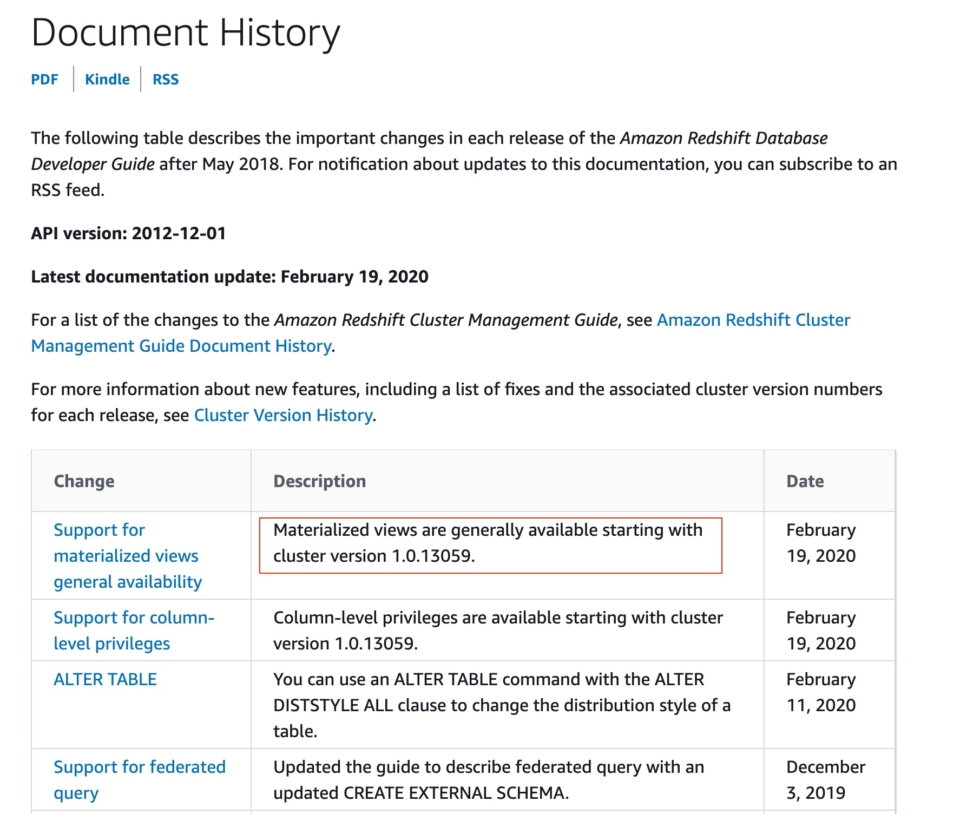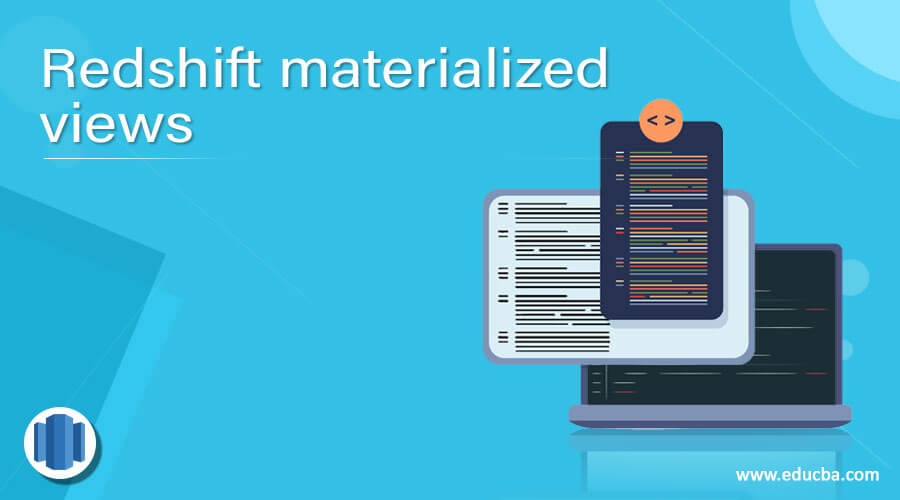

- #Dbt redshift materialized view how to
- #Dbt redshift materialized view download
- #Dbt redshift materialized view free
Sign up with your email address and organization name.Navigate to Shipyard's sign-up page here.dbt Core Part 3 - Setting Up dbt on Shipyard Create Developer Shipyard Account First, you will need to create a developer account. We are ready to move into Shipyard to run our process.


#Dbt redshift materialized view free
Feel free to run this query to verify that this process worked successfully: select * from soccer.stg_football_matchesĭbt Core Part 2 - Setting Up dbt on Github Fork dbt Setup from GitHub You should now be able to query soccer.stg_football_rankings and soccer.stg_football_matches. Iam_role 'arn:aws:iam::XXXXXXXXXX:role/RoleName'Ĭopy soccer.stg_football_rankings( rank, prev_rank, name, league, offense, def, spi)

Select the two files from your file system and click open.Click the Upload button to begin the process of uploading our sample files.Once the folder is created, navigate inside of it.Create a folder inside of your bucket named fivethirtyeight_football by clicking the Create Folder button.Navigate into the bucket you created for this tutorial by clicking on its name.FNavigate into Redshift and use the navigation menu to go to the query editor.
#Dbt redshift materialized view download
Let's jump right in!īefore getting into the steps of setting up the different cloud data warehouses, please download the sample files that we will use for this tutorial here. If you would rather watch a video version of this guide, feel free to head over to Youtube. We also have guides made specifically for Bigquery, Databricks, and Snowflake. After you finish this guide, you will have the sample data provided uploaded to Redshift and run your first dbt command in the cloud.Īlthough the steps in this guide will specifically utilize Redshift, the steps can be modified slightly to work with any database that dbt supports.
#Dbt redshift materialized view how to
In this guide, we will walk through how to setup dbt Core in the cloud with Redshift.


 0 kommentar(er)
0 kommentar(er)
